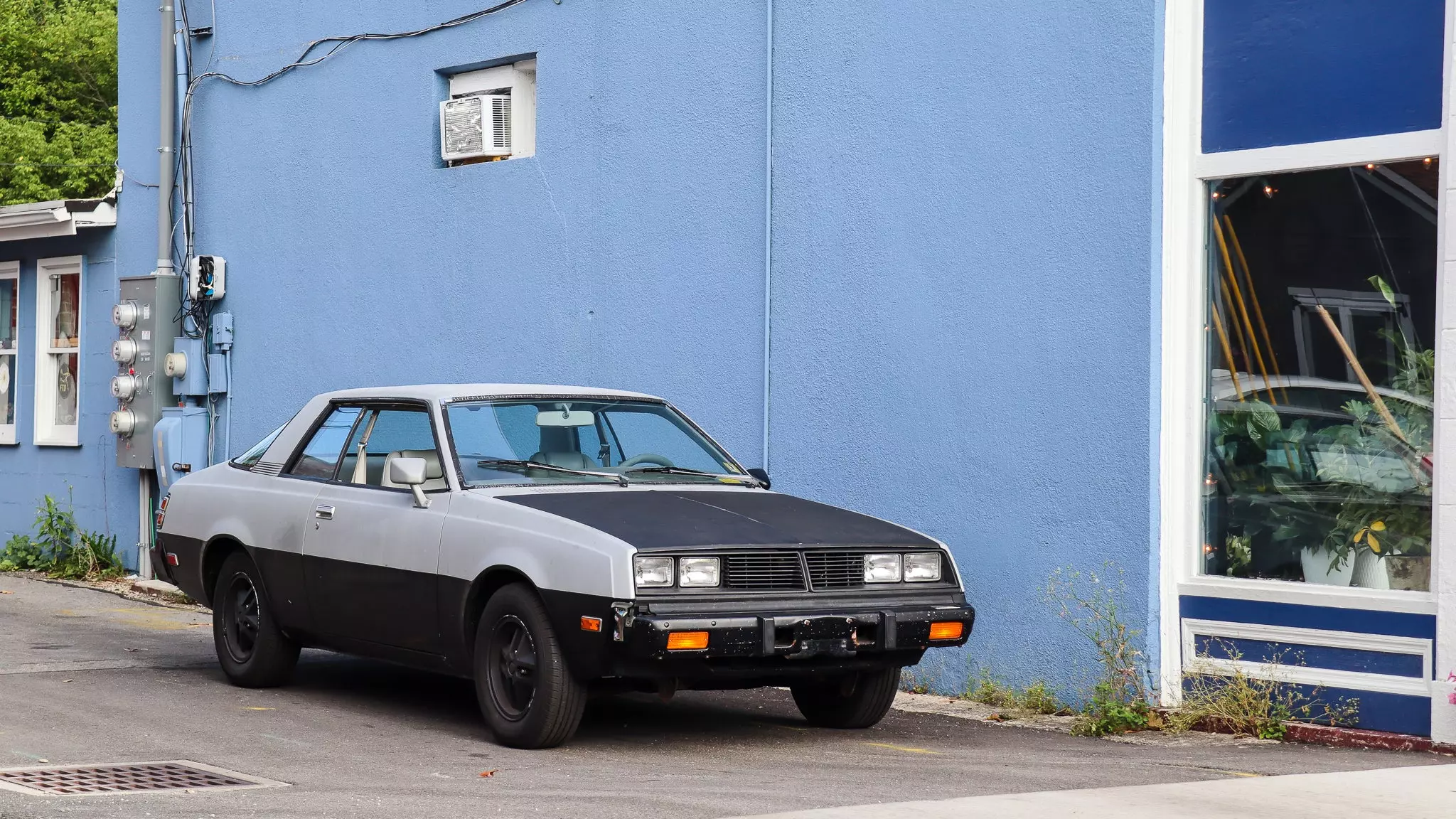Today’s Dodge Challenger has been on sale since 2008, remarkably. And its platform is much older. Still, it’s printing money for its parent company and some versions of it are still impressive performers. We ain’t talking about that car today, though. Recently, I got a chance to drive one of the least-loved versions of this car, and a holy grail of malaise-era motoring: The second-generation Dodge Challenger.
About two days after I started working here at Car Autance, I met Mike. A quiet and resourceful car enthusiast, if Mike wants to do something, he does it. He wanted a Suzuki Cappuccino, so he got one. By himself. Without using a third-party importer. Yes, he negotiated, purchased, and shipped a JDM vehicle, to the United States, without any help.
Not a stranger to auto enthusiasm or racing, Mike wanted to dip his toe into some automotive debauchery in the form of competitive driving… like a 24 Hours of LeMons race. But since endurance racing is tough to pull off as a solo contestant, he went for a LeMons Rally — specifically the 24 Hours of Lemons Rust Belt Rally. He needed a cool-but-junky car, and found his way to this 1980 Dodge Challenger.
I was with Mike when he looked at this thing. He found it on Craigslist; it was listed as Auto Parts. No price, no pictures, only a one-sentence description of the vehicle.
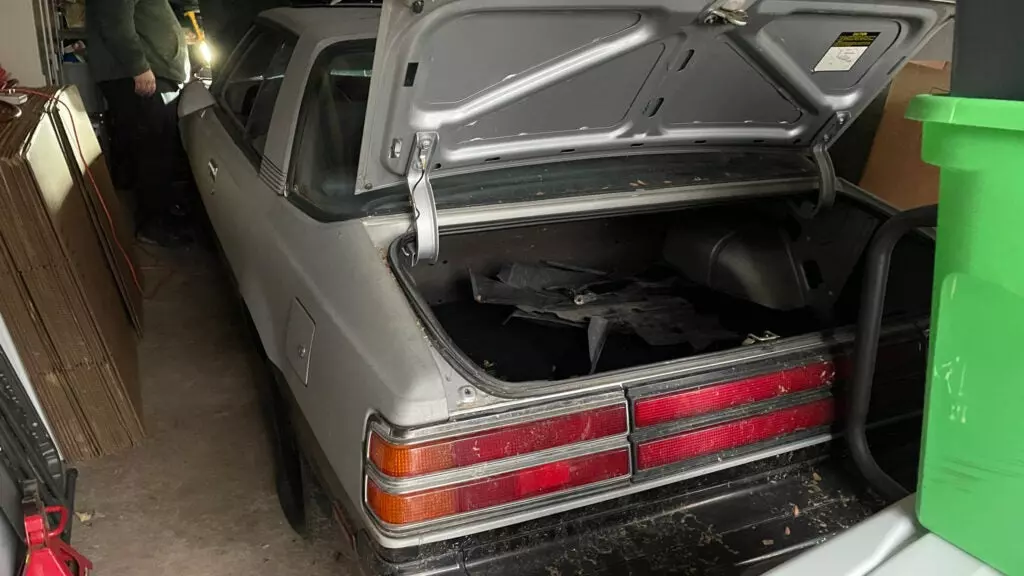
The car apparently lived its entire life in southern Kentucky, well south of any heavy snow or road salt. No rust anywhere on the body, suspension, frame rails, or anyplace else. The tires were from the late 1990s. It didn’t have any rodents, but it had plenty of dust and tons of mold. The previous owner had issues with hot starting, so she parked it in the garage, with intentions to fix it eventually. In like, 2004, judging from the Virginia inspection sticker.
Mike bought it, and spent the next six months painstakingly getting it ready to rally. He did, and even invited me to come, but the scheduling didn’t shake out. Luckily, I did get to take a spin before he let the car go.

If you’re looking at this, thinking about today’s Challenger and its predecessors from the ’70s, and wondering “what the hell happened,” we’ll explain.
The second-generation Dodge Challenger isn’t even a Dodge at all; it’s what’s known as a “Captive Import.” Mitsubishi didn’t have a presence in the United States until 1983, but before then, Dodge (and Plymouth) were selling rebranded Mistubishi products under its brands, for the U.S. (and Canada). The Dodge Challenger, Plymouth Sapporo were rebranded and Americanized versions of the Mitsubishi Galant Lambda.
The 1980 Challenger sat in a weird space in Dodge’s lineup. It was completely Japanese, sharing nothing in common with any other Dodge product. In theory, it was supposed to be a small sporty coupe sort of challenging (ha) the Ford Mustang II, but also maybe be a miserly fuel sipper aimed at early Honda Accords and Toyota Corollas. It also had internal competition from the Dodge Omni 024; a similarly sized, but self-developed coupe.

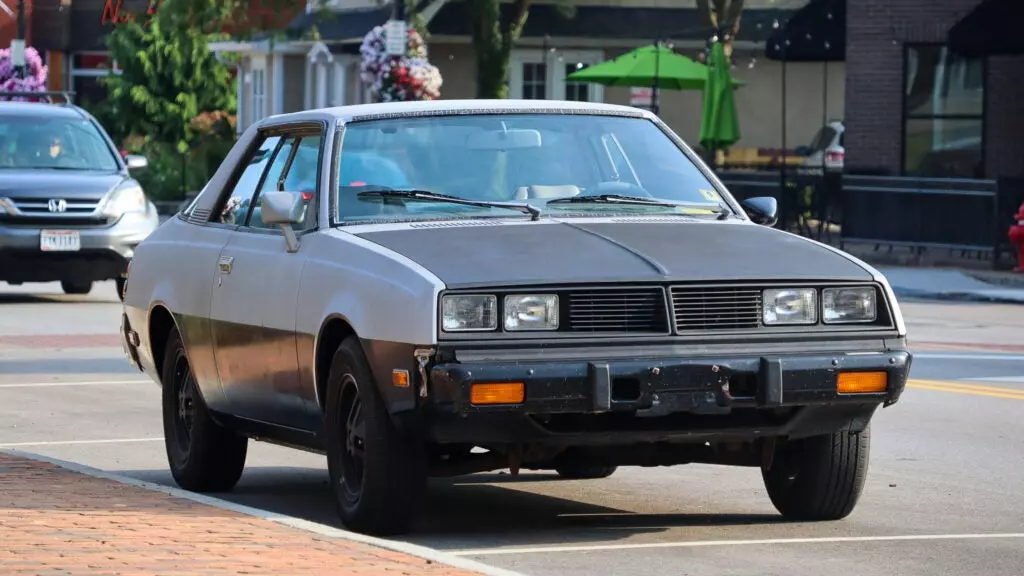

No one bought it. This car was sort of a stopgap until Chrysler released the K-car platform, which was their end-all, be-all platform for any Chrysler car until the early 1990s.
Mike’s example is pretty well-equipped, with air conditioning (probably dealer-installed), a tachometer, and super late-1970s plaid upholstery. Look at that shifter boot!
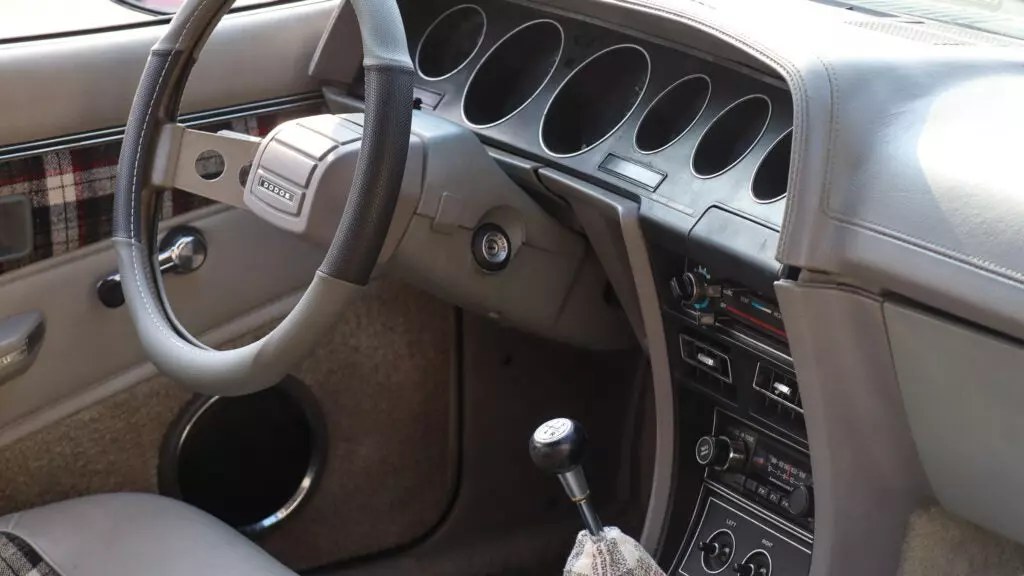
Power, what little there was, comes from a 2.6 liter, naturally-aspirated, carburetted, four-cylinder. In its prime, this engine made a whopping 105 horsepower. That goes to the rear wheels, via a five-speed manual; pretty high-class equipment for an era where four-speeds were common for cheap import cars like this.
I feel like the 1980s were a pivotal decade for car technology. Early ’80s cars have different vibes than late ’80s cars. Early smaller cars from the decade seem like they’re more uncomfortable, more disposable, less secure on the road, a bit more of a relic of the 1970s era where small cars were seen as a “not a real car,” just a stopgap until you could level up to a full-sized car.
The Challenger is definitely an early ’80s car.
The suspension is soft, the tires are mushy. The shifter throws are long, but the gears themselves are easy to find and engage positively. The steering is slow and vague, by comparison to any modern car. The engine is decidedly unhurried. The clutch pedal is weirdly good — moderate travel with a clear and easy-to-find biting point. The brakes are progressive and easy.

Driving on the road today is an ordeal; the car isn’t particularly quick, and it’s very petite. Even a Nissan Versa Note is taller and wider. The carburetted engine doesn’t react as quickly as any fuel-injected car I’ve ever driven; a stab at the throttle involves waiting as the engine makes sense of the air-fuel mixture in the carb.
While we were puttering around, a lifted Toyota Tacoma pulled out into traffic, without looking, nearly creaming the hell out of the side of the Challenger. Steering the Challenger is like piloting a boat till, seesawing at the wheel, as the soft ass suspension bounces you all around the cabin. Nauseating.
I remember being 17 and test driving a then only three-year-old Mazda 3. The salesman remarked “see, these new cars are so damn easy to drive. You can drive this little ass car three states over, and not even be tired.”
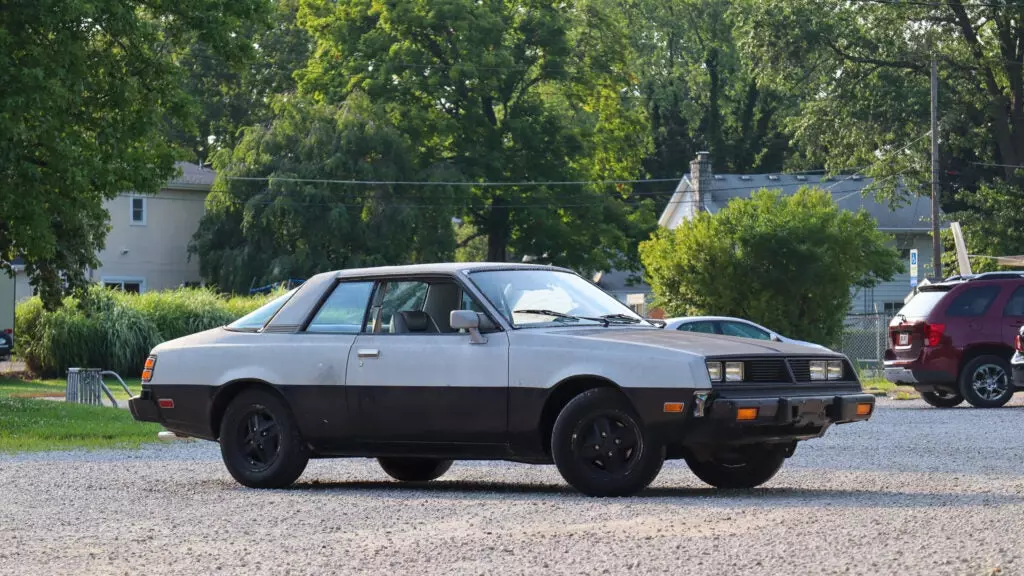
He wasn’t wrong. New cars, even the worst ones, are so easy to drive. Manufacturers have learned how to make cars feel secure in a straight line, even if the suspension is biased towards comfort rather than road holding or performance. Even the vaguest of steering setups in a modern car is still accurate enough for stress-free freeway driving.
The 1980 Dodge Challenger required effort. The engine was very slow and not very responsive, so passing and acceleration required more planning than I was used to. The steering is kind of sloppy, requiring focus to remain safe on the road. After 45 minutes of driving, I was tired.

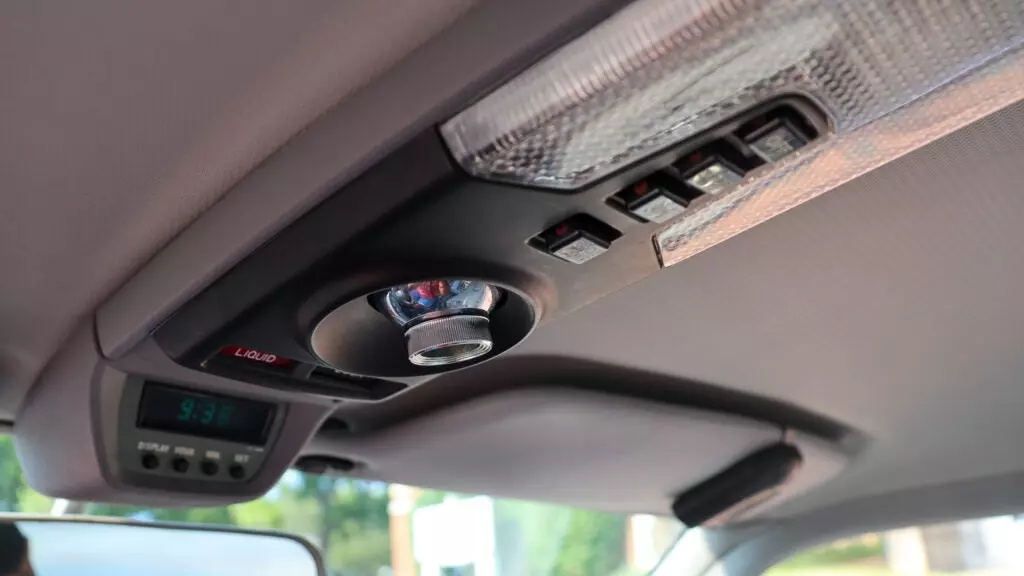
Amazingly, Mike drove the car over 1,500 miles, and he said it was flawless. Still, he agreed with me, after that many miles… he’s over it. Some guy wants to trade him a Ram pickup for it. Mike’s taking the deal and getting the hell out of Dodge.

Even at their worst, modern cars are pretty damn good. The 1980 Challenger is proof that we don’t know how good we have it.
